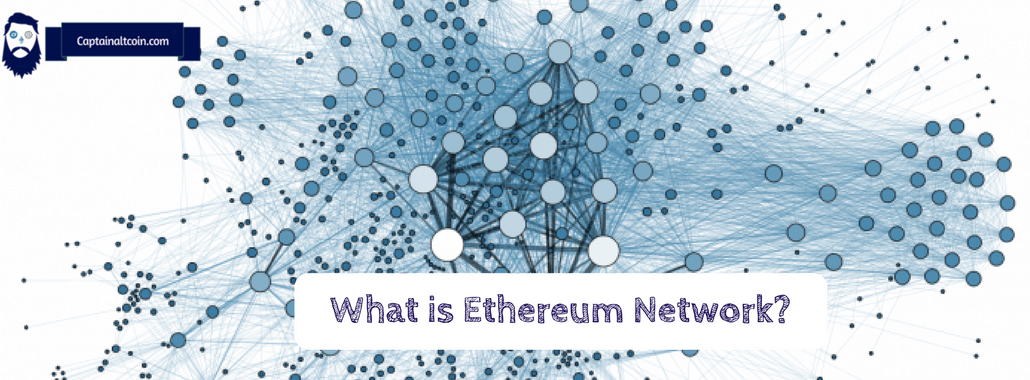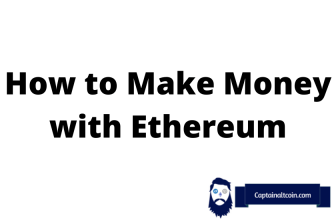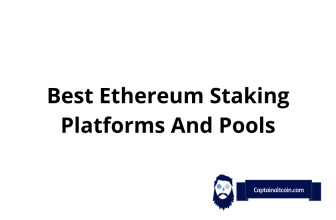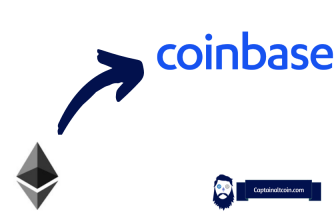
Today, our personal data, passwords and financial information are all largely stored on other people’s computers so it helps to first understand the internet before you can understand ethereum.
This setup has a number of conveniences. These companies deploy teams of specialists to help store and secure this data, and remove the costs that come with hosting and uptime.
However, there is also vulnerability with this convenience. As we’ve seen, a hacker or a government can influence or attack a third-party service and gain unwelcome access to your files without your knowledge. This means that they can steal, leak or change important information.
Brian Behlendorf is the creator of the Apache Web Server. He has gone so far as to label this centralized design the “original sin” of the Internet. Some like Behlendorf argue the Internet was always meant to be decentralized, and a splintered movement has sprung up around using new tools. This includes blockchain technology and Ethereum is one of the newest technologies to join this movement.
The entire concept of Ethereum and Ethereum token can get very confusing very fast to a beginner. Ethereum not only has its own currency (Ether) it also has tokens on top of that. These tokens can act as currency themselves. It’s very important that I grasp some basic concepts before we even begin understanding what Ethereum tokens are all about.
The entire Ethereum network is a giant mass of nodes (computers) connected to one another that enforce, execute and validate programs in a decentralized manner. The best thing is that they don’t require a server, memory, CPU power, or any other computing function to do it, as it is all provided by thousands of ethereum nodes scattered across the world.
In fact, the entire network can be visualized as a single entity called the “Ethereum Virtual Machine” or EVM for short and all the transactions that have happened and will ever happen in this network are automatically updated and recorded in an open and distributed ledger.
No one controls or owns Ethereum. It is an open-source project built by many people around the world. Ethereum was designed to be adaptable and flexible, unlike the Bitcoin protocol. It is easy to create new applications on the Ethereum platform and those applications are now safe to use with the Homestead release.
So what is the advantage of Ethereum? It is important to know what a “smart contract” is before I explain that.
Ethereum wallets are separate topic – you can read more about it in the linked article.
Read here how to buy ethereum via debit/credit card – instantly.
Smart Contracts
Smart Contracts are how things get done in the Ethereum ecosystem and when someone wants to get a particular task done in Ethereum they initiate a smart contract with one or more people. Smart contracts are a series of instructions, written using the programming language solidity. They work on the basis of the IFTTT logic aka the IF-THIS-THEN-THAT logic, which means that if the first set of instructions are done then execute the next function and after that the next and keep on repeating until you reach the end of the contract.
This is a bit complicated and the best way to understand that is by imagining a vending machine. It is kinda like the domino effect because each and every step that you take acts like a trigger for the next step to execute itself. Now, I will examine the steps that you will take while interacting with the vending machine:
- Step 1: You insert some money in a vending machine.
- Step 2: You press the button corresponding to the item that you want.
- Step 3: The item comes out and you take it.
Now I want you to take a look at all those steps, think about it and tell me if any of the steps work if the previous one wasn’t executed. You will agree with me that each and every one of those steps is directly related to the previous step. It is important to note that there is one more factor to think about, and it is an integral part of smart contracts. You see, there were absolutely no third parties involved in your entire interaction with the vending machine. You (the requestor) were solely working with the machine (the provider).
So, if this transaction happened in the Ethereum network, how would it have looked like? How will the steps look like if you just bought something from a vending machine in the Ethereum network?
Step 1:
- You give the vending machine some money
- This gets recorded by all the nodes in the Ethereum network
- The transaction gets updated in the ledger
Step 2:
- You punch in the button corresponding to the item that you want
- Record of that gets updated in the Ethereum network and ledger
Step 3:
- The item comes out
- You collect it
- This gets recorded by all the nodes and the ledger.
The network will record and update every transaction that you do through the smart contracts. This keeps everyone involved with the contract accountable for their actions and takes away human malice by making every action taken visible to the entire network. But, what mainly incentivizes these people to fulfil their end of the bargain anyway and what do they get by helping out the requestors? This is where Ether (the currency with which everything runs in the Ethereum) comes in.
Read also:
Ether
Every single step in a smart contract is a transaction or a complex computation. It would have a cost that is measured in “gas” and the price of this gas is paid by the requester in “Ether”. Ether is the currency used on the Ethereum platform and when people talk about ETH and ETC they are actually talking about the value of the Ether in their respective blockchain.
Every command has a specific gas limit. This ensures that a buggy piece of code doesn’t end up depleting your entire ether wallet. So basically, people are incentivized to collect Ether and that is the main reason why they fulfil their end of the bargain in a contract.
What happens when your ether supply gets depleted in the middle of the smart contract? All the transactions that have already taken place during the course will go back to the original state if you do not have the ether required for all the gas payments. However, it is important to note that all transactions made in the blockchain are irreversible, which means that your ether wallet will still reflect the change in balance.
When we talk about Ether, it is very important that you have two things absolutely clear:
- Ether is the currency with which everything runs in the Ethereum.
- Smart contracts are how things get done in Ethereum.







